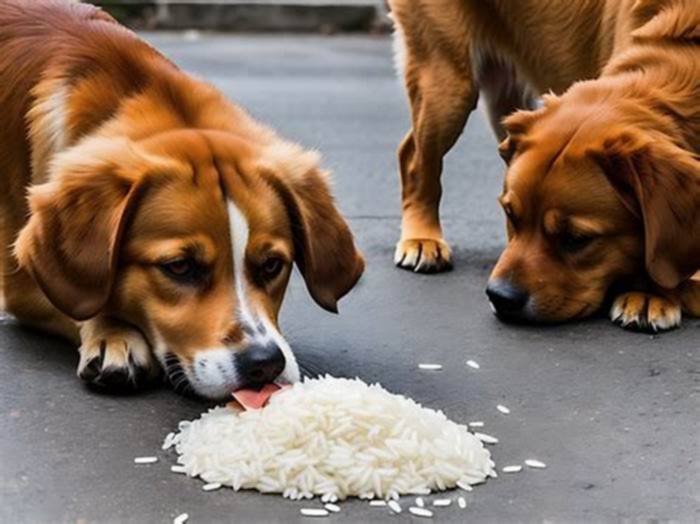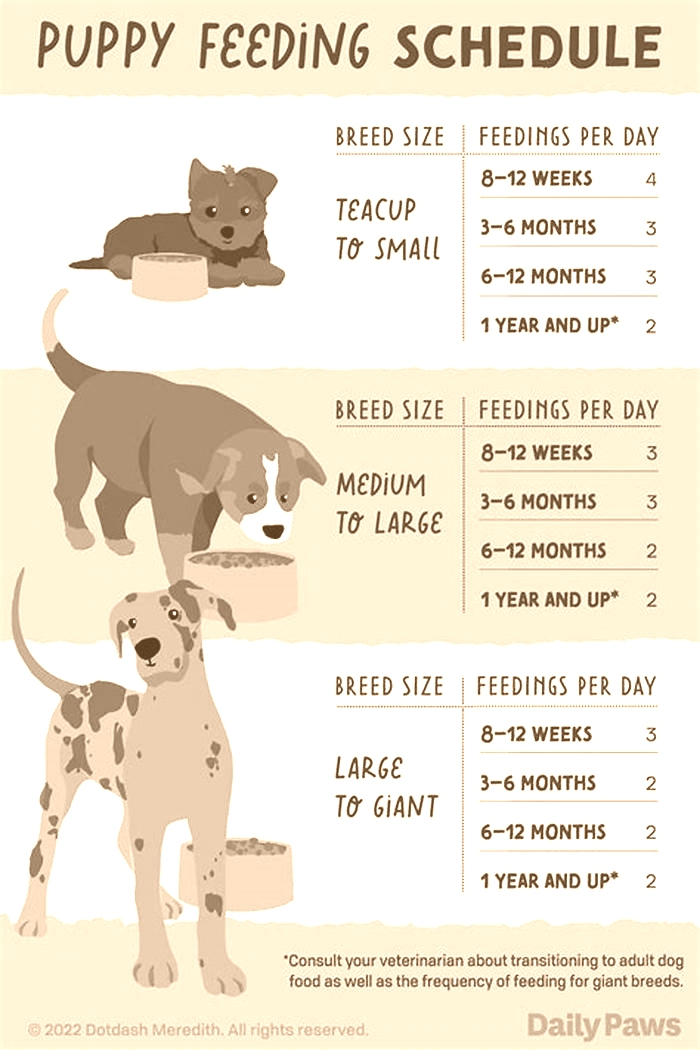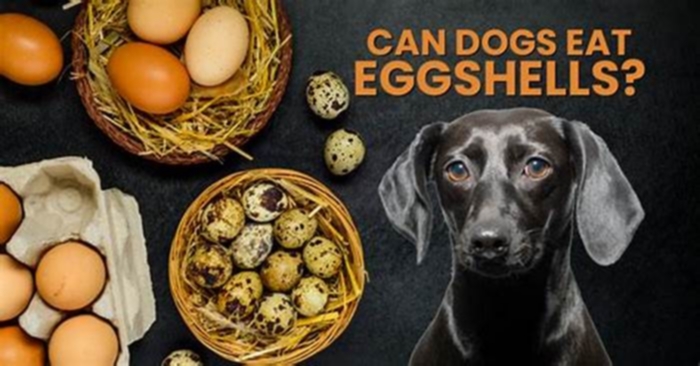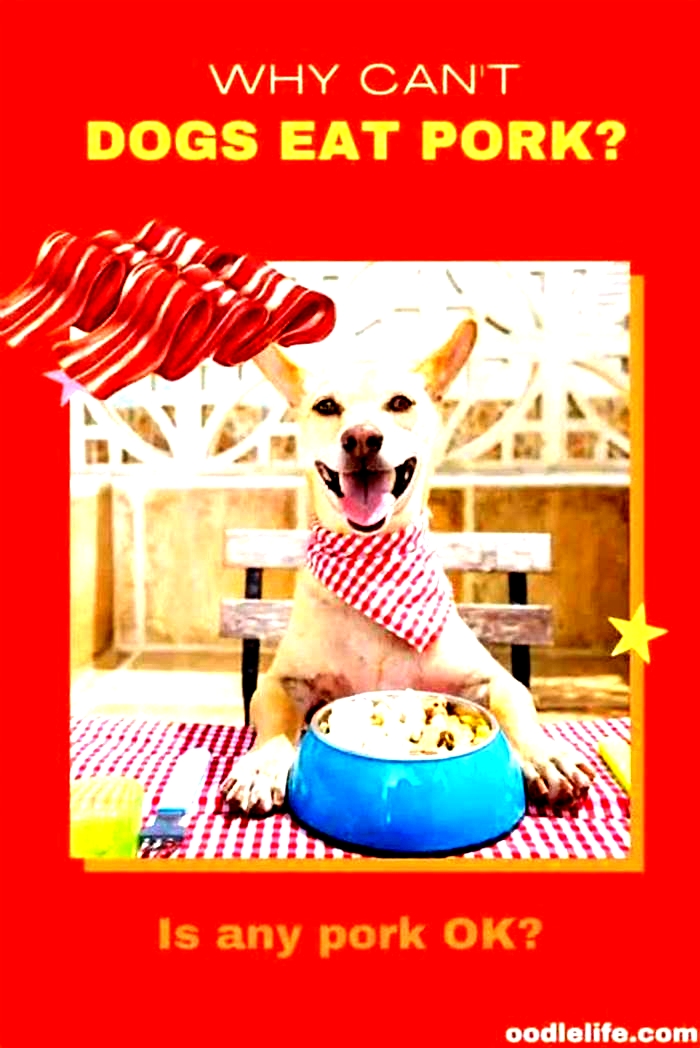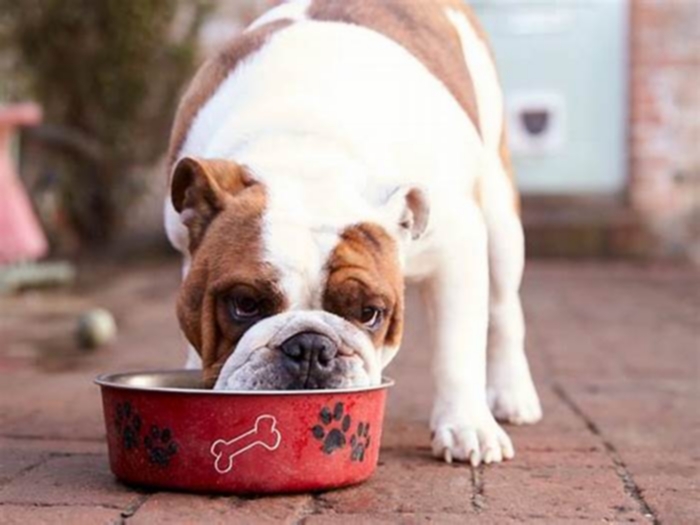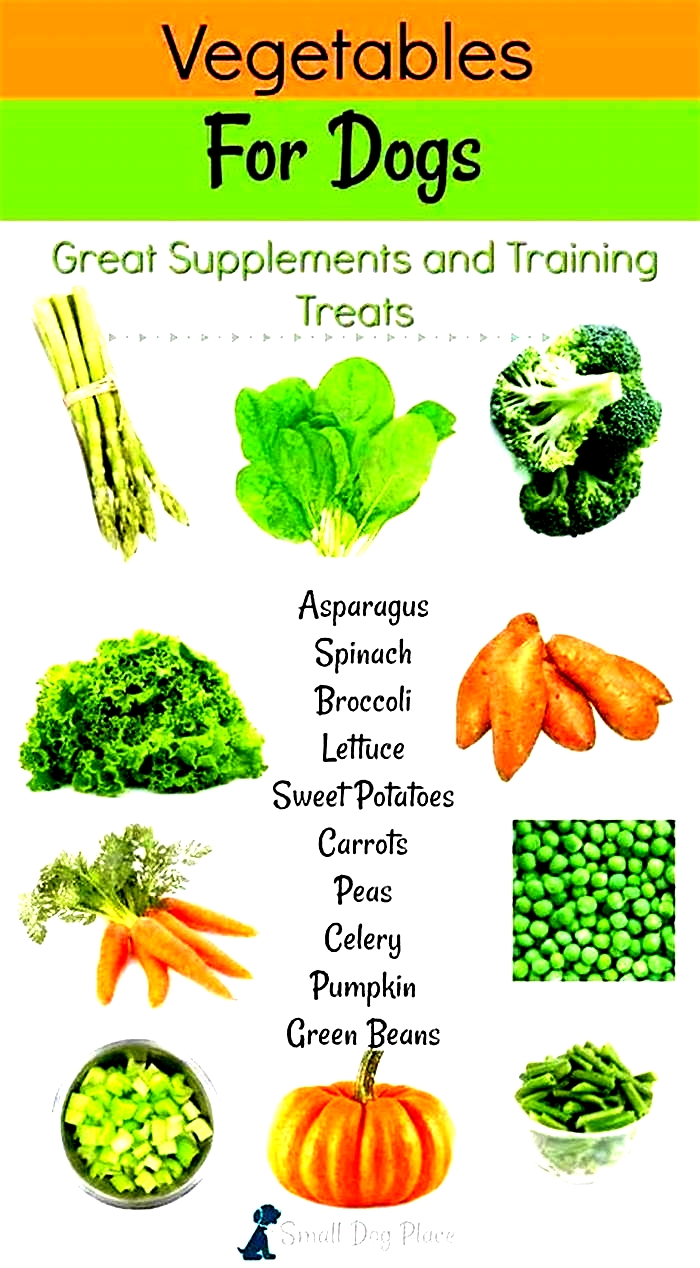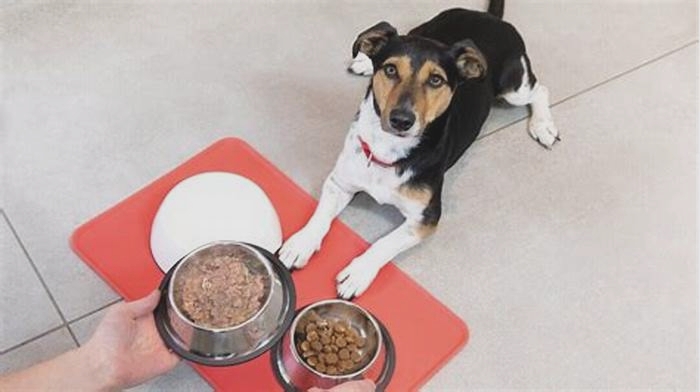Can dogs eat pasta
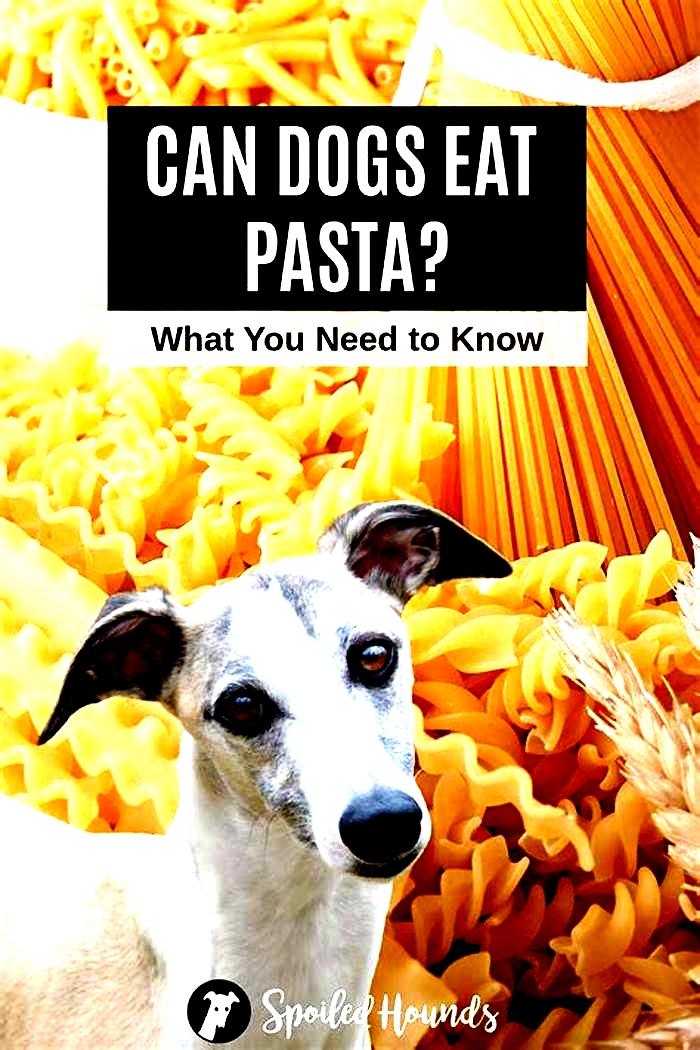
Can Dogs Eat Pasta? Are Pasta Dishes Safe for Dogs?

Eating pasta with your special someone under a moonlit sky may be a perfect photo opportunity youd not want to miss for the world.
And such a scenario also happened to be one of the defining moments in the 1955 movie, Lady and the Tramp. But is it safe for dogs to eat pasta just like in the movie? Can dogs eat pasta?
Well, it turns out theres no crystal clear answer to this question. Veterinarians and other experts are torn about this matter. While some say its fine to feed your dog pasta in moderation, others completely disagree.
And we can understand the latters opposing view considering that some dogs may be allergic to pasta, and it doesnt really provide them with a substantial amount of nutrients.
So, why should we risk their health and safety for something that they wont benefit from?
Can Dogs Eat Pasta? Is It Safe?
Is pasta bad for dogs? Short answer: Not really, dogs can eat pasta. Well, plain cooked or uncooked pasta is just fine for your canine friend.
If we are going to examine its composition, pasta is basically an edible strand made of flour, eggs, and water. And these are some ingredients that dogs can eat without experiencing major problems.
So, feeding your dog with pasta without spices and other flavorings is just okay, but you should also keep it in small amounts.
As much as possible, only give your dog pasta as treat. Hence, in case your pooch devours on a handful of plain pasta that is sitting on your countertop, you have nothing to worry about.
However, if it happens regularly and in big portions, then, you should be worried that your dog may gain some unwanted weight since pasta is a known form of carbohydrates. And its not a secret that excessive intake of carbs can lead to weight gain.
Your dog may not suffer from the side effects of eating too much pasta directly, but he may have to endure the complications of being overweight.
Some of the weight-related health problems are heart disease, increased blood pressure, and breathing problems. Excess weight can also worsen your pups underlying health conditions and cause muscle and joint pains.
So, while it can be comfort food for us humans, its best to only feed your dog pasta in moderation. Veterinarians recommend that if you really want to give your dog pasta as treats, limit it to only one or two noodles a week.
Never give your pup more than one plate or cup of pasta because it can be harmful to his or her health. Your pooch will thank you for being strict (or even being a control freak) when it comes to their diet.

Are Pasta Dishes Good for Dogs?
Spaghetti, carbonara, or other dishes with different types of pasta noodles are bad for your pets simply because these foods contain spices and additives that are toxic to dogs.
Garlic and onions are bad for dogs, and these are just two of the most common ingredients in a pasta sauce. So, the major problem is not with the pasta, but with the sauce.
When dogs ingest high amounts of garlic and onions, they may develop anemia. Some of the hallmark signs of anemia in dogs include weakness, lethargy, pale mucous membrane, loss of appetite, and labored breathing.
Anemia is a condition where there is not enough hemoglobin or red blood cells circulating in his system. Red blood cells are important because they supply the body with oxygen and remove carbon dioxide.
Moreover, most spaghetti and tomato sauces also contain high levels of sugar and salt. When pets consume a meal with a problematic level of salt, they may experience salt poisoning or toxicity.
Signs that you should watch out for are vomiting, diarrhea, lethargy, excessive thirst or urination, and seizures. To some extent, this condition could even lead to coma and death; as such the signs should not be taken lightly.
Another ingredient that is commonly found in pasta dishes is oregano, which also happened to be toxic for dogs. Other fundamental ingredients of sauces are basil and black pepper.
These two are fine for your pooch when given in moderation. So, make sure to control and monitor the amount of their consumption.
Spaghetti and other pasta dishes are also not complete without a heap of cheese on top. People of all ages love cheese, but be mindful of giving this to your pet dog.
Like with other ingredients used in human foods, cheese is only good for dogs in small amounts. Too much cheese consumption in dogs can lead to weight gain, issues in their digestive system, and even heart problems.
So, if your dog loves cheese, just give him a small amount as treats or rewards for good behavior.

What Happens When Dogs Eat Too Much Pasta?
Serving plain pasta to your dogs can also have its drawbacks. Just like humans, excessive intake of carbohydrates can lead to weight gain, weight-related problems such as type 2 diabetes, heart problems, elevated blood pressure, and breathing difficulties.
Excess weight can also put a toll on your dogs muscle mobility, worsen underlying medical issues or exacerbate muscle or joint pain. Being overweight poses some bigger problem with senior dogs with several health issues already.
Also, its worth noting that some dogs have wheat allergies or are sensitive to grains. Hence, serving them even a small amount of wheat pasta would not be well-tolerated, and can even lead to unwanted side effects.
Keep your puppy and elderly dogs healthy and strong by giving them a well-rounded doggie diet, and serving them with nutritious and high-quality dog foods.
If you have to give them pasta as treats, do so, but dont give them more than a cup at a time. Again, veterinarians recommend that you should only feed your dog one or two cooked pasta noodles every week to avoid the potential dangers to his health.
Pasta Varieties You Can and You Cannot Give
With the proliferation of different types of diets today also comes the surge of several pasta alternatives that are healthier options for humans. But, are these regular pasta substitutes safe for dogs?
If you drop by your local grocery store today, you can see low-carb kinds of pasta, which are made of chickpeas, lentils, and rice. While these ingredients offer some health benefits and are safe for humans, we cannot say the same thing for your canine companions.
Research shows that those dog foods that are labeled as grain-free which include those that use lentils and chickpeas as grain replacements could predispose dogs to heart disease. Nonetheless, it doesnt mean that chickpeas and lentils are toxic for dogs.
In fact, vets agree that they are generally healthy for your pup. However, its best to only give these to your canine companion in moderation, and not to use them as primary food sources.
Rice is another common form of carbs that is given to dogs to alleviate gastrointestinal discomforts and promote overall health.
Serving white rice to your dog when he or she has an upset stomach is safe and helpful since it is easy to digest and has low fiber content.
If you are planning to add rice to your dogs primary diet, you may opt for brown rice, which is high in fiber and filled with essential nutrients that your dog needs. Hence, it can be your go-to option if you are making a homemade dish for your pup.

Can Dogs Eat Ramen?
A bowl of ramen is definitely a feast that we, humans, can delight on without a doubt. However, for dogs, its just a bowl of salt and other harmful ingredients like garlic and onions.
As dog owners, it may be hard not to give in to your pups desire but next time he gives you the puppy eye as you devour on your bowl of ramen takeaway, dont give in; instead, give him his dog food or hand him some of his treats.
You should also be watchful of the sodium content of the commercially available noodles before giving some to your pooch.
Even the instant ramen noodles in the supermarket may have some salt in their ingredients. So, make it a habit to read the label.

Can Dogs Eat Noodles At All?
Yes, dogs can eat noodles, but only in their plain form. And like what was said earlier, you also need to check if it has salt in it. If there is, then, dont give the noodles to your dog even if its just plain.
Also, sometimes, some people add a pinch of salt and oil to their pasta noodles while cooking. If you do, then, dont give a noodle to your pooch.
When feeding any type of noodle to your dog that contains wheat, you have to watch out for signs of allergies. If your dog is allergic to wheat, he may show some of the following symptoms:
- Vomiting
- Diarrhea
- Skin irritation or itchiness
- Frequent ear infections
If you notice any of these, stop feeding them pasta or other food that contains wheat. Observe if their symptoms stop.
However, if your dog is vomiting and is having watery stools, its best to consult your veterinarian as there can be underlying issues that need to be addressed, other than the food that he eats.
Pasta safe for dogs?
Dogs can eat plain white rice or pasta after it's cooked. And, a serving of plain white rice with some boiled chicken can sometimes make your dog feel better when they are having stomach problems.
What kind of pasta can dogs eat?
Plain, cooked noodles like penne or tortellini make a great treat. As long as your dog doesn't have a gluten or wheat allergy, pasta is a good choice because it's usually made with very simple ingredients like flour, water and eggs which are all good for dogs.
What does pasta do to dogs?
In its plain form, pasta is unlikely to harm your dog, especially in moderation. However, it is worth being careful, as some pets have wheat allergies or are sensitive to grains. Pasta has very minimal nutritional value as well, so while it isn't poisonous, it shouldn't be a regular part of your dog's diet.
Can dogs eat pasta with sauce?
Depends. Canned and homemade spaghetti sauces typically contain spices that are toxic to dogs including onions and garlic. Spaghetti sauce can also be high in sodium, and dogs that eat too much can become quickly dehydrated and are at risk for salt poisoning in extreme cases. IF you are making it yourself then make it a healthy one for your dog.
Can Dogs Eat Pasta? (7 Vet Tips You Should Know & Avoid)
As dog lovers and responsible pet owners, its only natural to want the best for our furry companions. If youve found yourself pondering the question Can Dogs Eat Pasta? in the vast sea of information on pet nutrition, youre not alone.
The internet is flooded with various perspectives, and it can be perplexing to discern whats genuinely beneficial for your canine friend.
The search for reliable and comprehensive insights into whether pasta is a suitable addition to your dogs diet reflects a genuine concern for their well-being, and its this concern that we share and address in this article.
As someone with years of experience in the veterinary field and a deep understanding of pet nutrition, I recognize the importance of providing trustworthy guidance to fellow pet enthusiasts.
The question of whether dogs can safely consume pasta is not a simple yes or no, and my aim is to share insights that go beyond the surface, offering a well-informed perspective that considers various factors such as pasta types, additives, and serving sizes.
Your quest for answers is acknowledged, and Im here to offer clarity based on a wealth of experience in the field.
This article is crafted to address the concerns and curiosities of dog owners like yourself. From exploring the nutritional aspects of pasta and its potential benefits to highlighting risks and concerns associated with specific ingredients, we delve into every angle of the topic.
Read on to discover a comprehensive guide that combines veterinary expertise with a well-crafted information to ensuring that youre equipped with the knowledge needed to make informed decisions about your dogs diet.
Understanding a Dogs Diet
As we delve into the intricacies of a dogs diet, it becomes evident that our furry companions have unique nutritional needs. Ensuring their well-being involves a careful exploration of these requirements and a thoughtful comparison to our own diets.
An Exploration of a Dogs Nutritional Needs
Dogs, much like humans, thrive on a balanced and nutritious diet. Essential components include proteins for muscle development, fats for energy and a lustrous coat, carbohydrates for readily available energy, and key vitamins and minerals for overall health.
Unlike humans, dogs dont have a strict dietary requirement for carbohydrates, and their specific needs vary across breeds and life stages. Understanding these nuances is crucial for tailoring nutrition plans that support their growth and well-being.
Comparison Between Canine and Human Dietary Requirements
While there are similarities in dietary requirements, dogs and humans have distinct differences. Dogs, being omnivores with a carnivorous bias, need a diet rich in animal-derived proteins. Their shorter digestive tract emphasizes the importance of easily digestible, nutrient-dense foods.
Unlike humans, dogs are sensitive to certain ingredients, and many human foods can be toxic to them. Recognizing these distinctions guides us in providing meals that align with their nutritional needs, promoting the health and longevity of our cherished canine companions.
Types of Pasta and Their Suitability for Dogs
Delving into the realm of pasta for our canine friends requires a nuanced understanding of the various types and their appropriateness in a dogs diet. From plain to whole wheat and gluten-free options, the selection of pasta plays a vital role in maintaining our dogs nutritional balance.
Various Pasta Types (Plain, Whole Wheat, Gluten-Free)
In evaluating pasta choices for dogs, the type holds nutritional significance. Plain pasta, while a source of carbohydrates, may lack the additional nutrients found in whole wheat or multigrain alternatives.
Whole wheat pasta, with its heightened fiber content and nutritional richness, stands out as a more wholesome option for our canine companions.
Gluten-free variations, utilizing rice or legume flours, cater to dogs with sensitivities or allergies. Striking the right balance and consulting with a veterinarian ensure that pasta, when included, complements rather than replaces a dogs primary nutrition.
Discussion on the Impact of Additives like Sauces and Seasonings
Despite pasta being a potentially suitable addition to a dogs diet, attention must be given to additives such as sauces and seasonings.
Dogs, with their sensitive palates, are susceptible to ingredients like garlic or onion commonly used in human sauces.
Opting for plain, unseasoned pasta mitigates risks and allows dogs to indulge safely. For those seeking a hint of flavor, minimalistic alternatives like plain tomato sauce or dog-safe herbs can be considered.
In this delicate balance, we can ensure that sharing pasta with our canine companions is both a pleasurable and safe experience.
Benefits of Feeding Pasta to Dogs
As we navigate the culinary landscape for our canine companions, its essential to explore the potential benefits that pasta can offer in a dogs diet.
From nutritional components to the importance of moderation, understanding these aspects ensures a balanced approach to including pasta in our furry friends meals.
Nutritional Components in Pasta That May Benefit Dogs
Pasta, in its various forms, can contribute beneficial nutritional components to a dogs diet. The primary advantage lies in its carbohydrate content, which provides a source of energy that supports the active lifestyle of many dogs.
Additionally, pasta contains essential nutrients such as vitamins and minerals, contributing to overall health.
Whole wheat or multigrain options further enhance the nutritional profile, offering additional fiber and micronutrients. While not a staple in a dogs diet, the occasional inclusion of pasta, coupled with a well-rounded canine nutrition plan, can provide valuable supplementary elements.
Moderation and Balance in Including Pasta in a Dogs Diet
While pasta can offer nutritional benefits, the key lies in moderation and balance. Dogs, being primarily carnivores, require a diet rich in animal-derived proteins. Pasta should complement, not substitute, their primary nutrition.
Including pasta in moderation helps prevent overconsumption of carbohydrates and ensures a diverse diet that meets their specific needs.
Portion control is crucial, considering factors such as the dogs size, breed, and overall health. Consulting with a veterinarian aids in determining the appropriate amount and frequency of pasta inclusion, aligning with the individual needs of each dog.
Risks and Concerns From Feeding Pasta
While contemplating whether to include pasta in our dogs diets, it is imperative to acknowledge the potential risks and concerns associated with this popular human food. From gluten intolerance to the hazards of excessive salt and spices, understanding these factors is crucial for responsible pet ownership.
Potential Issues (Gluten Intolerance)
One notable concern when considering pasta for dogs is the possibility of gluten intolerance. Gluten, a protein found in wheat and some other grains, can lead to digestive issues in dogs with sensitivities.
While gluten-free pasta options are available, its essential to recognize the signs of intolerance, such as gastrointestinal upset, skin issues, or changes in behavior.
Monitoring a dogs response to pasta consumption allows pet owners to tailor their choices to the individual needs of their furry companions, ensuring a comfortable and healthy dietary experience.
The Risk of Excessive Salt and Spices
Another critical aspect to consider is the risk associated with excessive salt and spices often present in pasta dishes. Dogs, being more sensitive to sodium, can experience adverse effects from high salt intake, including increased thirst, urination, and, in severe cases, sodium ion poisoning.
Additionally, certain spices commonly used in human recipes, such as garlic or onion, can be toxic to dogs. Opting for plain, minimally seasoned pasta reduces these risks, allowing dogs to enjoy this treat safely.
Maintaining a vigilant eye on ingredient lists and practicing moderation ensures that the potential risks associated with salt and spices are mitigated.
Preparing Pasta for Dogs
As we embark on the culinary exploration of sharing pasta with our canine companions, understanding the art of preparation is paramount.
From safe cooking methods to tailoring serving sizes based on individual characteristics, the thoughtful preparation of pasta for dogs ensures a delightful and health-conscious dining experience.
Safe Cooking Methods and Avoiding Harmful Ingredients
When preparing pasta for dogs, its essential to adhere to safe cooking methods and avoid potentially harmful ingredients. Opting for plain, unseasoned pasta is a foundational step, steering clear of spices like garlic or onion, which can be detrimental to a dogs health.
Boiling pasta in plain water without added salts or oils ensures a simple and safe base. Additionally, refraining from using excessive butter or rich sauces is advised, as these can contribute to unnecessary calories and may not align with a dogs dietary requirements.
The goal is to create a plain and palatable pasta dish that complements a dogs nutritional needs without introducing elements that could pose risks to their well-being.
Appropriate Serving Sizes Based on Dog Size and Breed
Determining appropriate serving sizes is a crucial consideration when incorporating pasta into a dogs diet. Portion control is key, and the serving size should be tailored to the dogs size, breed, and individual health requirements.
Larger breeds may tolerate larger portions, but moderation is universally important. The addition of pasta to a dogs diet should complement their primary nutrition rather than dominate it.
Consulting with a veterinarian aids in establishing suitable serving sizes, taking into account the dogs activity level, age, and any health conditions. This personalized approach ensures that the pasta serves as a delightful addition to their meals without compromising their overall well-being.
Expert Opinions and Veterinary Perspectives
In our pursuit of providing the best possible care for our canine companions, seeking insights from veterinary professionals becomes invaluable. When it comes to including pasta in a dogs diet, expert opinions and veterinary perspectives offer a well-informed guide to navigate this culinary decision.
Insights from Veterinarians on Pasta in a Dogs Diet
Veterinarians, with their extensive knowledge of animal nutrition and health, provide valuable insights into the role of pasta in a dogs diet.
While pasta itself can be a source of carbohydrates and certain nutrients, their guidance often emphasizes the importance of moderation and choosing pasta types wisely.
Veterinarians may recommend plain pasta without additives, taking into account a dogs specific dietary needs and potential sensitivities.
Their nuanced perspectives guide pet owners in making informed decisions that align with their dogs well-being, ensuring a balanced approach to incorporating pasta into their meals.
Any Studies or Research Supporting or Cautioning Against Feeding Pasta to Dogs
Scientific studies and research contribute additional layers of understanding when it comes to feeding pasta to dogs. While there may be limited specific studies on pasta, broader research on canine nutrition sheds light on the potential benefits and risks associated with including human foods in a dogs diet.
Some studies may caution against certain ingredients found in pasta, such as excessive salt or toxic seasonings, while others may highlight the positive aspects of incorporating plain pasta in moderation.
Veterinary-endorsed research plays a pivotal role in shaping recommendations and guidelines for responsible feeding practices, ensuring that the decisions we make for our dogs are backed by scientific evidence.
Safe Alternatives to Pasta for Dogs
While contemplating the inclusion of pasta in a dogs diet, its essential to explore a spectrum of alternatives that cater to their nutritional needs.
Diversifying their diet not only enhances palatability but also ensures a comprehensive array of essential nutrients, fostering optimal health and well-being for our beloved canine companions.
Exploring Other Dog-Friendly Food Options
Dogs, much like humans, benefit from a varied diet that goes beyond a single food item. Incorporating dog-friendly alternatives to pasta broadens their culinary experiences.
Lean meats, such as chicken or turkey, serve as excellent sources of protein, supporting muscle health. Fish, rich in omega-3 fatty acids, contributes to a shiny coat and promotes heart health.
Vegetables like carrots and green beans offer vitamins and fiber, while fruits like blueberries and apples provide antioxidants. These alternatives not only cater to a dogs nutritional requirements but also introduce diverse flavors and textures, making mealtime an enjoyable experience.
Maintaining a Diverse and Balanced Diet for Dogs
Maintaining a diverse and balanced diet is pivotal in promoting overall health for dogs. Each food item contributes unique nutrients, and a variety of options ensures that dogs receive a well-rounded spectrum of vitamins and minerals.
Rotation feeding, where different foods are introduced in a planned manner, helps prevent nutritional imbalances and allergies. While pasta can be a part of their diet, integrating a range of dog-friendly alternatives ensures a holistic approach to nutrition.
Consulting with a veterinarian aids in creating a customized diet plan tailored to the specific needs and preferences of individual dogs, fostering a lifestyle that prioritizes both nutritional excellence and gustatory delight.
Final Thoughts: Can Dogs Eat Pasta?
Dogs can eat pasta in moderation. Plain, cooked pasta without any additives or harmful ingredients can be a safe occasional treat for dogs.
Pasta can provide a source of carbohydrates and certain nutrients, but it should not replace their primary diet, which should consist of well-balanced and nutritionally complete dog food.
Its crucial to avoid serving pasta with sauces or seasonings, particularly ingredients like garlic or onion, which can be toxic to dogs.
Additionally, serving sizes should be appropriate for the dogs size, breed, and individual health conditions. As with any addition to a dogs diet, consulting with a veterinarian is advisable to ensure that it aligns with the dogs specific nutritional needs and overall well-being.
As we conclude our exploration into the question Can Dogs Eat Pasta? it is imperative to distill the wealth of information into actionable insights that resonate with responsible pet ownership.
Navigating the realms of nutrition, benefits, risks, and alternatives, we arrive at a nuanced perspective that balances the joys of sharing our meals with our canine companions and the need for ensuring their optimal health.
Summarizing Key Points
Throughout this journey, weve delved into the intricacies of a dogs diet, understanding the nutritional components in pasta that may benefit them, the potential risks associated with gluten intolerance, excessive salt, and spices, and the art of preparing pasta with a mindful eye on ingredients and serving sizes.
Expert opinions and veterinary perspectives have lent their weight to our decision-making process, emphasizing the importance of moderation and choosing wisely.
Alternatives to pasta have been explored, underlining the significance of a diverse and balanced diet for our furry friends.
Final Recommendation on Feeding Dogs Pasta in Moderation
In encapsulating our findings, the answer to whether dogs can eat pasta lies in moderation and thoughtful consideration. While pasta can contribute valuable nutrients, the choice of type, preparation, and serving size is crucial.
Plain, unseasoned pasta, cooked with care and offered in appropriate portions, can be a delightful addition to a dogs diet.
However, responsible pet ownership requires an awareness of potential risks and the exploration of diverse alternatives to maintain a balanced and nutritious culinary experience for our dogs.
With guidance from veterinary professionals, a personalized approach to each dogs unique needs ensures that the joys of sharing pasta with our furry friends align harmoniously with their health and well-being.
Frequently Asked Questions on Feeding Dogs Pasta
Can dogs eat plain pasta?
Yes, dogs can eat plain, cooked pasta in moderation. It can be a source of carbohydrates for energy, but it should not replace their primary diet, and its important to avoid adding sauces, seasonings, or any harmful ingredients.
Is whole wheat pasta safe for dogs?
Whole wheat pasta can be a safer alternative for dogs compared to refined pasta. It offers additional fiber and nutrients. However, as with any pasta, it should be served in moderation, and the dogs individual dietary needs and sensitivities should be considered.
Can dogs eat pasta with sauces or seasonings?
Its generally not recommended for dogs to eat pasta with sauces or seasonings, especially those containing ingredients like garlic or onion, which can be toxic to dogs. Plain, unseasoned pasta is a safer option to avoid potential health risks.
Are there risks associated with dogs eating pasta?
Yes, there are potential risks associated with dogs eating pasta. Gluten intolerance, excessive salt, and harmful seasonings are concerns. Its important to be aware of a dogs individual sensitivities, monitor their response to pasta consumption, and ensure that serving sizes are appropriate.
How much pasta can I give to my dog?
The amount of pasta to give to a dog depends on factors such as their size, breed, and individual health conditions. Moderation is key, and pasta should only be a small part of their overall diet. Consulting with a veterinarian can help determine suitable serving sizes based on the specific needs of the dog.
What Pasta Should Dogs Eat?
Can Dogs Eat Alfredo Pasta?
Can Dogs Eat Red Bean Pasta?
Can Dogs Eat Chicken Alfredo Pasta?
Can Dogs Eat Dried Pasta?
Can Dogs Eat Guava Paste?

